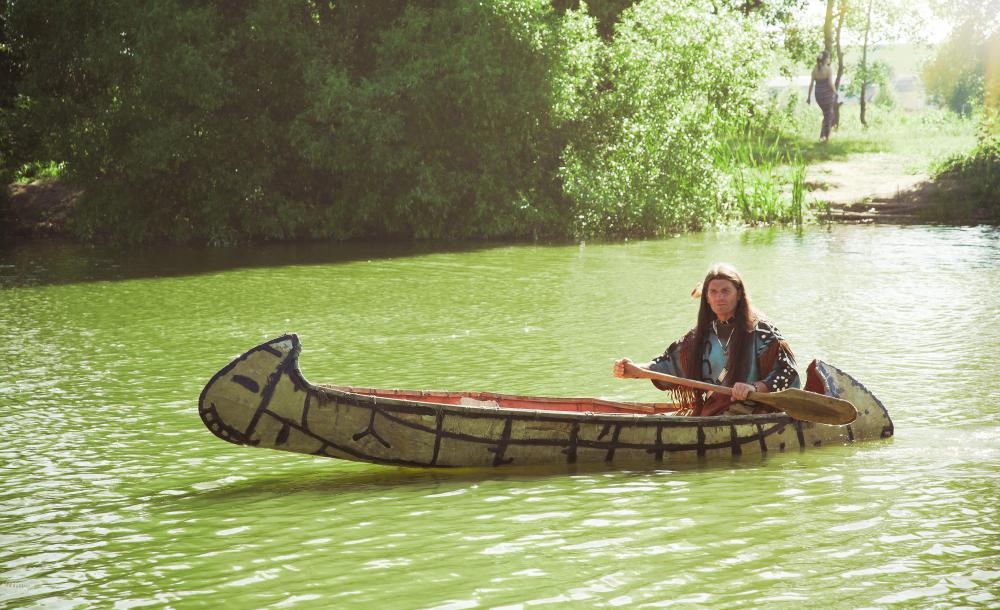At WiseGEEK, we're committed to delivering accurate, trustworthy information. Our expert-authored content is rigorously fact-checked and sourced from credible authorities. Discover how we uphold the highest standards in providing you with reliable knowledge.
What are the Different Tulalip Tribes?
The Tulalip tribes are a confederation of Native American peoples who were originally from the northern Puget Sound region of Washington state. Others included in this confederation are the Snohomish, Salish, Snoqualmie, Skykomish, Skagit, Suiattle, Samish, and Stilaguamish groups. The Tulalip tribes generally shared certain characteristics, such as salmon fishing and living in either gable-roofed longhouses or simple shed homes. They also share a common language called Lushootseed.
Historically, the different Tulalip tribes were not agrarian. Rather, they followed a way of hunting, gathering, and fishing based on the seasons. They would catch salmon during its runs in spring and summer, and preserve it for use over the rest of the year. They supplemented their diet with game, and also gathered berries and roots.
The Tulalip often traveled in hand-made cedar canoes. The tribes moved frequently, following food sources. In the warmer months, they generally lived in temporary structures while they fished. These were often made of cattail mats.

As the Tulalip tribes came into contact with Europeans and Americans, their traditional way of life was threatened. The first contact seems to have been with Captain George Vancouver in 1792. By 1855, many new, non-native settlers made their homes in the Puget Sound area, which forced the Tulalip tribes to move from their traditional homelands. In that year, the tribes signed a treaty with the U. S. federal government giving them protection, reservation land, and monetary compensation.
By the later 1800s, the Tulalip were in danger of losing their heritage due to schooling mandated by the U. S. government. This education of Tulalip children was usually conducted in boarding schools, located away from the reservations. It was designed to assimilate Native Americans into the primarily English culture that dominated the United States at that time. Tulalip children did not learn much about their native language and history because they spent a good deal of time away from the elders of their tribe.
In the 1930s, the Tulalip tribes reorganized under the Indian Reorganization Act of 1934. This legislation gave more rights to Native American tribes. With the reorganization, the Tulalip established a constitution and bylaws that govern the members of the tribe.
Today, the Tulalip reservation is home to approximately 3,600 people. It provides educational opportunities to members, in collaboration with the local school district. Leaders are also active in preserving and teaching the Lushootseed language, and in keeping cultural traditions and celebrations alive.
AS FEATURED ON:
AS FEATURED ON:











Discuss this Article
Post your comments